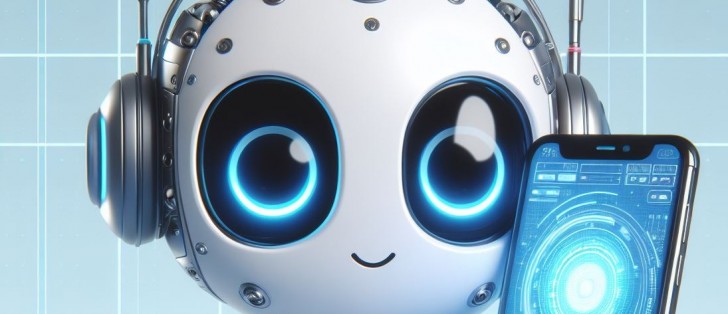Decades are often defined by popular terms and expressions that capture the prevailing trends of the era. For individuals belonging to a particular generation, the phrase “information superhighway” likely sparks feelings of nostalgia, as it was a commonly used term during their developmental years. However, as the 90s have firmly transitioned into history, the focus has shifted from the Internet to the realm of artificial intelligence (AI).
The current landscape is dynamic, with numerous companies competing for dominance across diverse sectors. Recent advancements include Google’s introduction of Gemini 1.5, which boasts its triumph over OpenAI’s ChatGPT. Simultaneously, OpenAI has unveiled Sora, an advanced text-to-video synthesis system that has captured significant attention. Additionally, Nvidia has surpassed both Alphabet (the parent company of Google) and Amazon in terms of market valuation.
The field of AI is undoubtedly familiar to most individuals, many of whom have encountered AI-generated content. However, the question lingers: have you personally interacted with AI technology? If so, to what extent and for what purposes?
One of the pioneering applications of contemporary AI technology has been in the realm of image manipulation. Devices such as the Galaxy S24 and Pixel 8 series harness AI algorithms to enhance images, facilitating tasks like object removal or repositioning within a scene. Furthermore, innovations such as the S24’s generative wallpapers demonstrate the ability to create entirely new images through AI-driven processes.
Image manipulation extends beyond consumer electronics, with breakthroughs like Nvidia’s DLSS upscaling technology making waves in the gaming sector. Mobile platforms have also embraced this trend, as evidenced by Qualcomm’s introduction of the Game Super Resolution feature last year. In 2023, Apple introduced Metal FX, a technology based on AMD’s FidelityFX, further broadening the horizons of AI-powered image processing.
AI’s capabilities are equally evident in the realm of language translation, with transformer models—popularized by Google’s machine translation research—ushering in a new era of multilingual communication. Notably, Google’s Pixel Buds Pro incorporate real-time translation features, while Samsung is working on similar functionalities for its Galaxy Buds lineup.
The versatility of AI extends to transcription services, where AI-driven tools can transcribe spoken content with remarkable precision, potentially replacing traditional input methods. Additionally, AI can efficiently summarize transcribed text, streamlining information processing. Conversely, AI can also convert text into speech, enabling features like browser-based article narration and personalized audiobook creation.
Chatbots represent another aspect of AI interaction, offering a range of functionalities from casual conversation to practical assistance in various tasks. While chatbots have evolved significantly, they have yet to reach the sophistication of fictional AI entities like HAL 9000. Nonetheless, their utility spans from aiding in internet searches to supporting work-related or educational endeavors, as well as providing entertainment value.
Considering these advancements, how frequently do you interact with AI technology, and for what specific purposes do you utilize it? Please feel free to select multiple responses that align with your experiences and interactions with AI technology.










